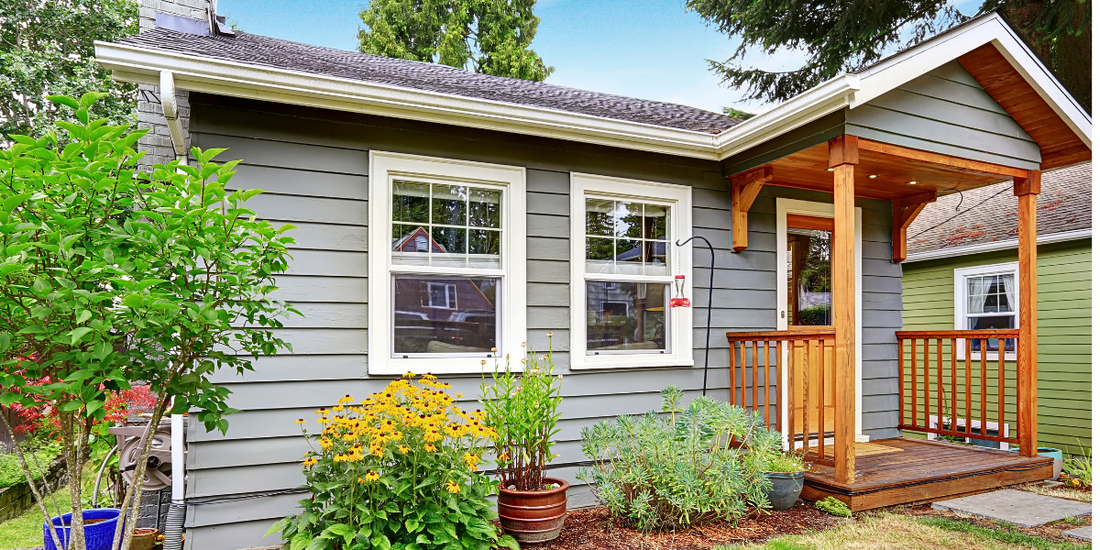
ERV or HRV :What is the right choice based on Geography?
Share
Understanding ERVs and HRVs
Before delving into their placement, let’s grasp the essence of ERVs and HRVs. Both systems aim to enhance indoor air quality while conserving energy by exchanging stale indoor air with fresh outdoor air. ERVs transfer both heat and moisture between the incoming and outgoing air streams, maintaining a balanced indoor environment. Conversely, HRVs primarily transfer heat, making them suitable for colder climates where heat retention is crucial.
Factors Influencing Placement
Climate Conditions:
1. Cold Climates: In regions with harsh winters, such as northern areas, HRVs are indispensable. They recover heat from the outgoing air, pre-warming the incoming air and reducing heating costs.
2. Hot and Humid Climates: ERVs shine in hot and humid climates by transferring moisture from the incoming air to the outgoing air, reducing the load on air conditioning systems and preventing indoor humidity buildup.
Building Orientation and Design:
1. Exposure to Sunlight: Buildings exposed to direct sunlight tend to absorb more heat, making HRVs more suitable to prevent overheating during summers.
2. Shading: Shaded buildings might experience lower temperature differentials between indoor and outdoor air, potentially reducing the need for HRVs.
Occupancy and Usage Patterns:
3. High Occupancy: Homes with many occupants or frequent activities like cooking and showering benefit from efficient ventilation systems to remove excess moisture and pollutants.
4. Time Spent Indoors: Homes where occupants spend most of their time indoors, such as during extreme weather conditions, necessitate constant ventilation to maintain air quality.
5. Local Building Codes and Regulations:
Compliance with local building codes ensures safety and efficiency. Some regions mandate specific ventilation requirements based on climate and occupancy.
Optimal Installation Locations:
Keep in mind ERVs/HRVs are oftentimes installed in crawlspaces, attics and basements where noise levels can be muted and where access to ducts are more prevalent.
Main Living Areas:
Installing ERVs or HRVs in central locations ensures even distribution of fresh air throughout the house, maintaining consistent indoor air quality.
Common areas like living rooms or hallways serve as ideal locations for ventilation systems to cater to multiple rooms efficiently.
1. Kitchen and Bathrooms:
These areas are prone to high moisture levels and odors due to cooking and bathing activities. Placing ventilation units here helps expel excess moisture and pollutants, preventing mold growth and maintaining a pleasant indoor environment.
2. Bedrooms:
Ensuring good air quality in bedrooms is essential for occupants' health and comfort, especially considering the prolonged time spent sleeping. Installing smaller, quieter units in bedrooms can provide personalized ventilation without causing disturbance.
3. Utility Spaces:
Utility rooms, such as laundry rooms or basements, often harbor stagnant air and potential pollutants. Ventilation systems in these areas help mitigate indoor air quality issues and prevent the spread of contaminants throughout the house.
Additional Considerations
4. Ductwork Design:
Proper ductwork design is crucial for efficient airflow and balanced ventilation. Well-designed duct systems ensure uniform air distribution and minimize energy losses.
5. Maintenance Accessibility:
Easy access to ventilation units facilitates regular maintenance tasks such as filter replacement and cleaning, ensuring optimal performance and prolonging the system’s lifespan.
6. Noise Levels:
Selecting quiet ventilation units and installing them away from frequently used areas minimizes noise disturbances, promoting a peaceful indoor environment.
7. Future Expansion:
Anticipating future changes or expansions in the house layout ensures scalability and adaptability of the ventilation system, avoiding costly modifications down the line.
The last word:
Installing ERVs or HRVs in the right locations is critical for maintaining indoor air quality and optimizing energy efficiency. By considering factors such as climate conditions, building design, occupancy patterns, and local regulations, homeowners can strategically place ventilation systems to reap maximum benefits.
Whether it's combating extreme temperatures, controlling humidity levels, or enhancing overall comfort, thoughtful placement of ERVs and HRVs ensures a healthy and sustainable indoor environment for occupants, regardless of geographical location.
Thanks for reading!
